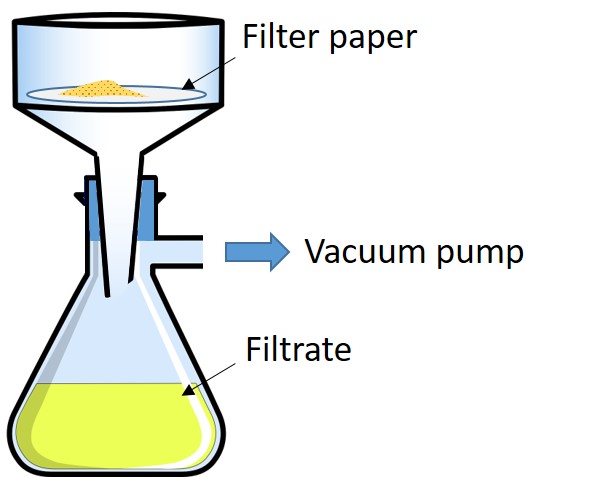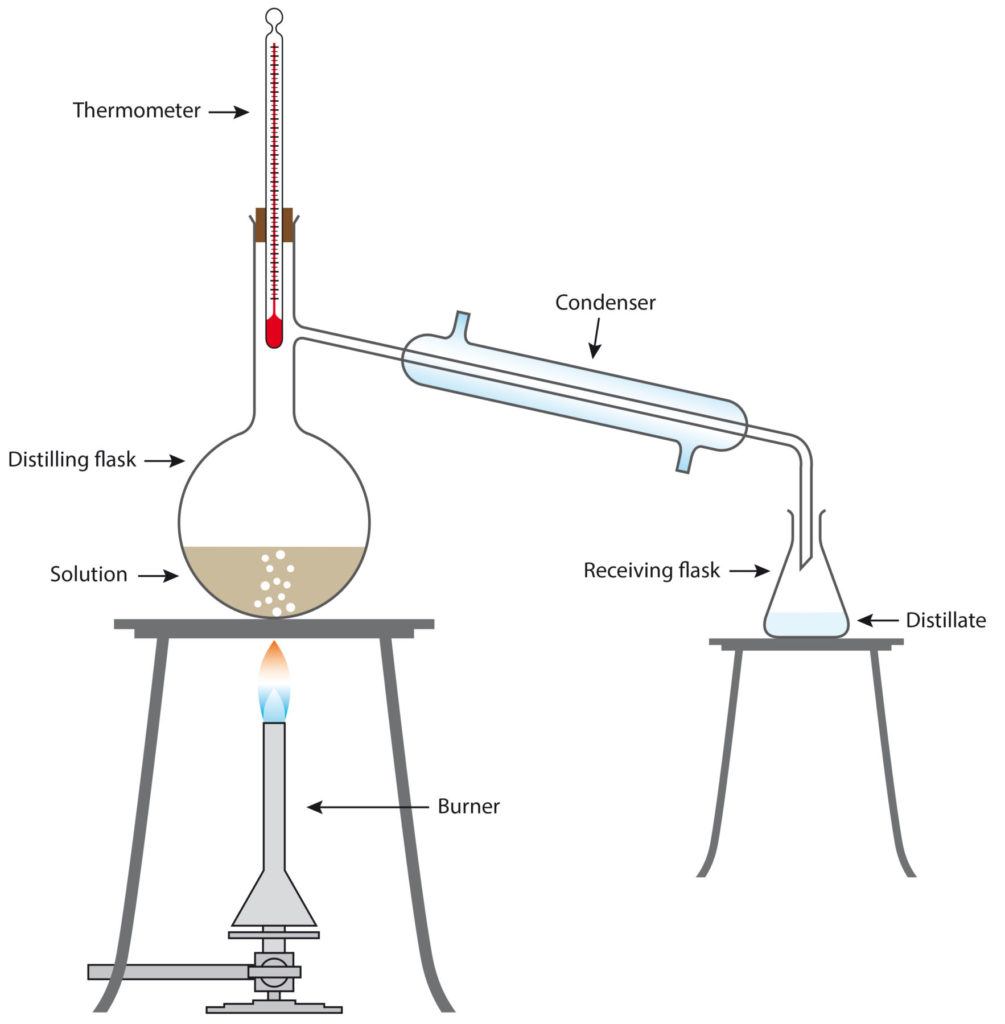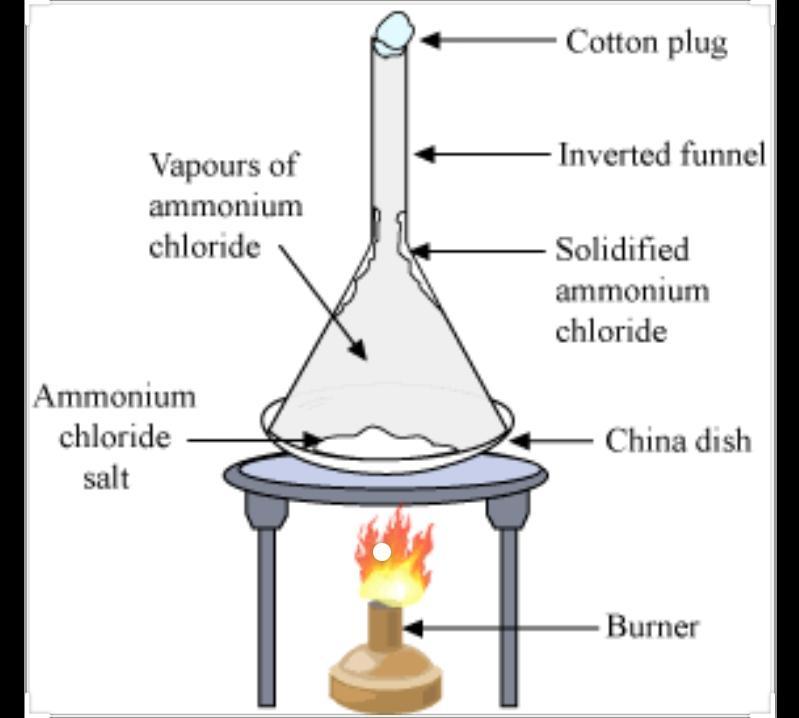Home > Sections > Elements & the Periodic Table > Separation Techniques
Last Updated: 14th June 2023
ARCHIVED ITEM: this page is no longer updated.
Separation Techniques
Keywords
Separation, filtration, distillation, crystallisation, evaporation, chromatography, mixtures, elements, bleeding paper, litmus paper, filter, crystals.
Introduction
Mixtures can be separated if they have not had a chemical reaction with each other. There are methods of doing this, which we are going to take a look at here.
Filtration
Filtration works by allowing liquid to pass through a semi-permeable block. This block is usually a filter paper (like the kind you would find for a coffee maker), or even something like kitchen towel. What is left behind is one of the subtances.
For this example, I'll use making a cup of tea. If you have a filter paper that holds loose tea leaves in, and you pour water into the filter, what comes through to the other side, is a solution we know as tea. This is a mixture.
To separate two elements from each other, you could do this process, depending on the elements in question.
Distillation
Distillation is a process that heats up a solution, forming a steam, which travels through a pipe to another source. During the transport through the pipe, the steam is cooled (either with ice wrapped around, or a water cooling system around it) down to form as a liquid again. The distilled liquid should be a single element.
A common use of distillation is in the making of alcohol, usually spirits like vodka or whiskey.
Interesting fact: fractional distillation is a type of distillation that allows the separation process of substances with similar boiling points to be achieved. This is present in crude oil separation.
Crystallisation (Evaporating)
Crystallisation is a process that allows us to evaporate the liquid to steam, and then form in a smaller area as crystals.
An example of this is a puddle of salt water. When the sun hits the water, it evaporates the water away. What is left is the salt, which is visible as a white mark. It could be collected up and used.
Here is a YouTube video from Fuse on separation techniques:
Chromatography
Using a bleeding paper (otherwise known as Litmus paper), chromatography works by separating the elements at different stages. It uses a mobile phase to separate the mixture, and a stationary phase, which holds the element in place.
The reason this works is because each element has it's own resistance to certain amounts of movement, so they become still in effect, differing to the other elements mixed with them.
It is often used in biochemical research to find chemical compounds of biological origin. It is also used with petrol to find and analyze complex mixtures of hydrocarbons.




 Atoms
Atoms Genes & Chromosomes
Genes & Chromosomes


